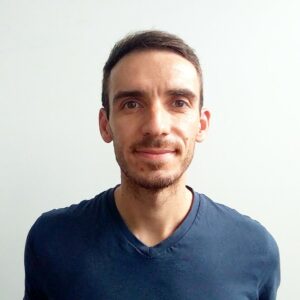Oral
10:35
Active Transport Health Model: Factoring health benefits of physical activity into decision-making on transport projects.
Background
Physical inactivity is one of the contributors to the rise in non-communicable diseases worldwide. Active transport offers a means of raising physical activity (PA) at the population level. However, forecasting and valuing the health benefits of transport projects that increase PA is challenging.
Purpose
To develop a best-practice method to estimate the health benefits of changes in active transport behaviour and translate these benefits to an economic value.
Methods
The Active Transport Health Model is a proportional multi-state lifetable that quantifies the health impacts of changes in active transport behaviour over a population’s lifetime. The Model is parameterised to New South Wales (NSW), a state in Australia. Health outcomes related to PA, air pollution and road trauma exposures are considered. Model outputs include age- and sex-specific changes in disease incidence, prevalence, and mortality, summarised as health adjusted life years (HALYs). The HALYs are then translated to monetary terms.
Results
Compared to car use, preliminary results value the health benefits at A$5.00 to A$6.50 for a km walking, and between A$2.50 to A$3.00 for an additional km cycled. These values are sensitive to a range of factors including age and prior PA level.
Conclusions
The per-km values in our study were higher than those of previous similar studies, which is largely due to the inclusion of a direct link between PA and mortality, and the use of accelerometry-derived relative risks.
Practical implications
The Model is pending approval for adoption by relevant state and local agencies in NSW. The values can allow the monetised health benefits of PA to be factored into decision making on transport projects. The Model could also be used to determine the potential health benefits of other policies aimed at increasing populations’ PA levels.
Funding
The project was funded by the NSW Ministry of Health, Sydney, Australia.
Submitting Author
Mary Wanjau
Population Group
Adults
Study Type
Epidemiology
Setting
Transport



